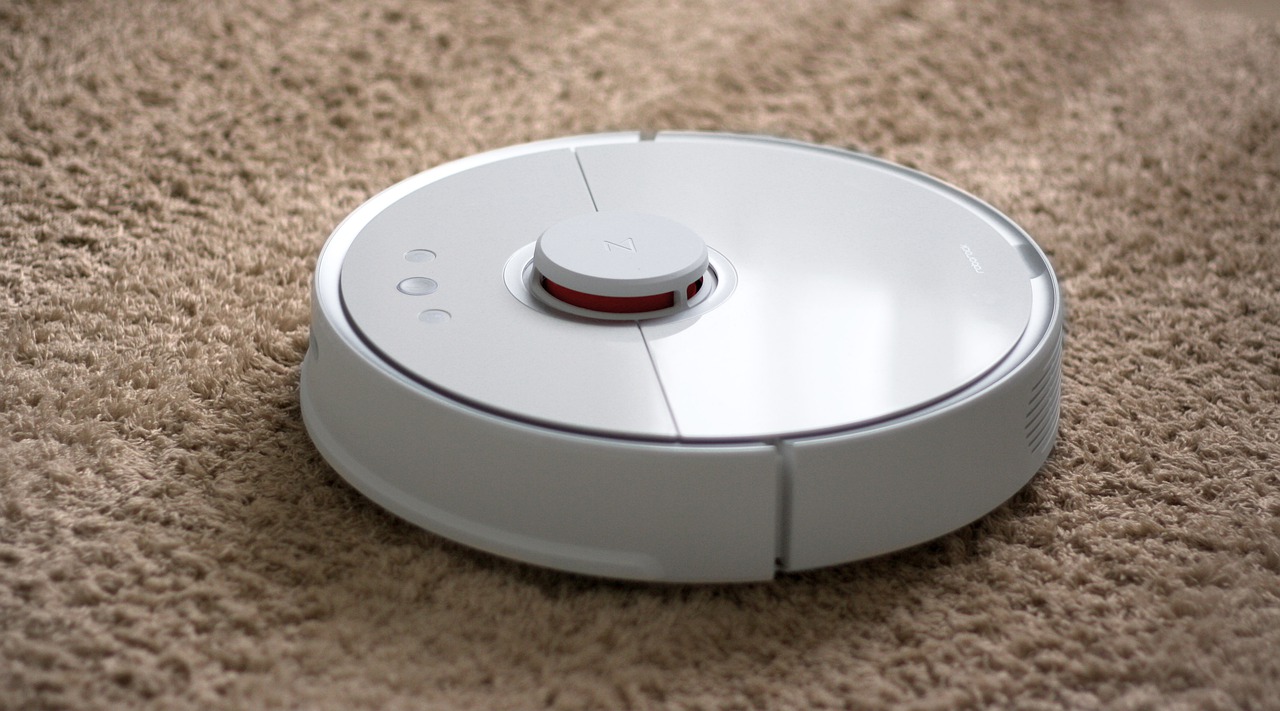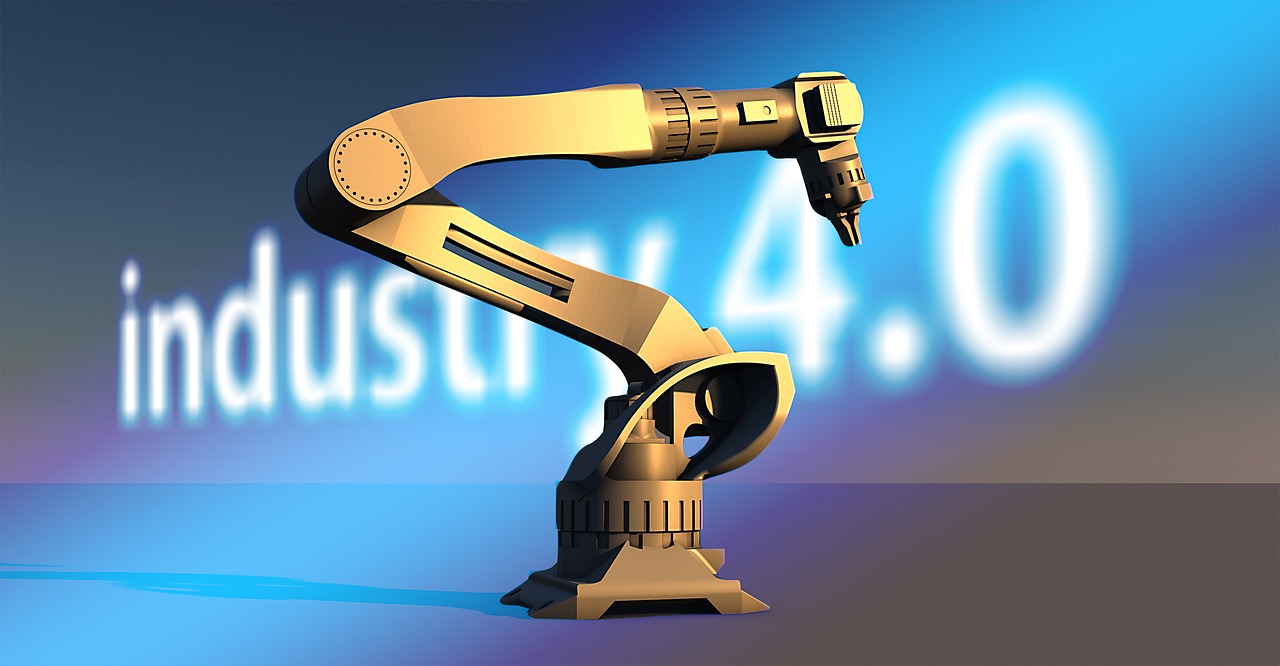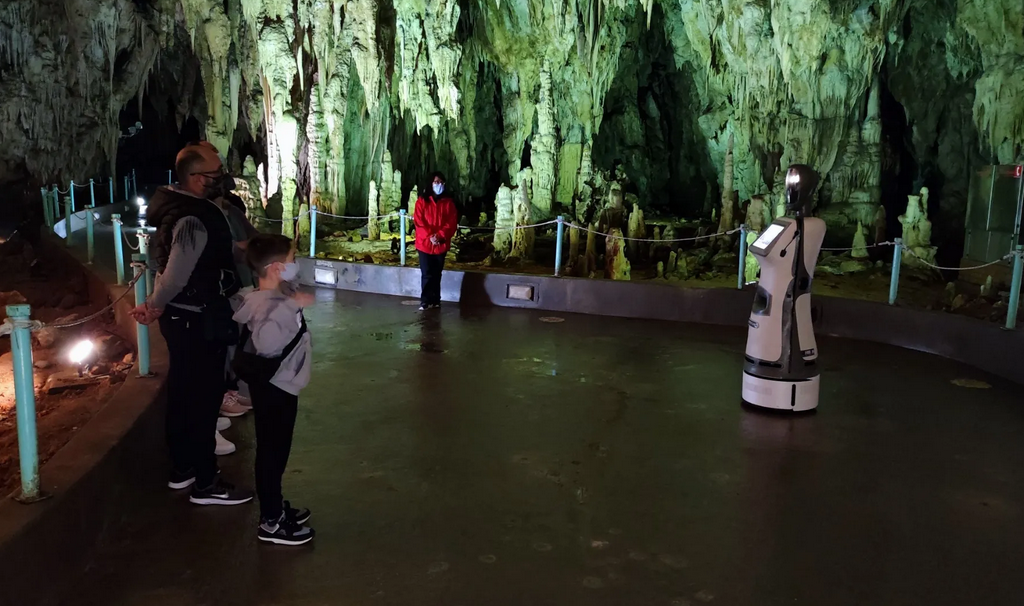Imagine trying to find a particular image within the National Football League’s historical archive of hundreds of thousands of videos. A single season produces more than 16,320 minutes (some 680 hours) of game footage. If you include coverage of every pregame, halftime, and postgame show, every practice, and every media interview, you have a seemingly endless amount of footage. And that’s just for one season.
To make it easier for staffers to create highlight reels and other media from all this material, the NFL partnered with Amazon Web Services in December 2019 to use artificial intelligence to search and tag its video content. The first step of the process required the NFL’s content creation team to teach the AI what to find. The team created metadata tags for every player, team, jersey, stadium, and other visually recognizable content it wanted to identify within its video collection. It then combined those tags with Amazon’s existing image-recognition AI system, which Amazon had already trained on tens of millions of images. The AI was able to use both sets of data to flag relevant imagery within the video library, and the content creation team was able to approve each tag in just a few clicks. Whereas employees once had to manually search, find, and clip each video, store it in a repository, and then tag the video with metadata, Amazon’s AI automated most of the process.
Migrants desecrate more than 2,000 churches just in Greece
In a previous HBR article (“Collaborative Intelligence: Humans and AI Are Joining Forces,” July–August 2018), we described how some leading organizations are defying the conventional expectation that technology will render people obsolete—they are instead using the power of human-machine collaboration to transform their businesses and improve their bottom lines. Now several companies are not merely out-innovating their competitors with this approach; they’re turning even more decisively toward human-centered AI technology and upending the very nature of innovation as it was practiced over the previous decade.
Read more: HBR






































